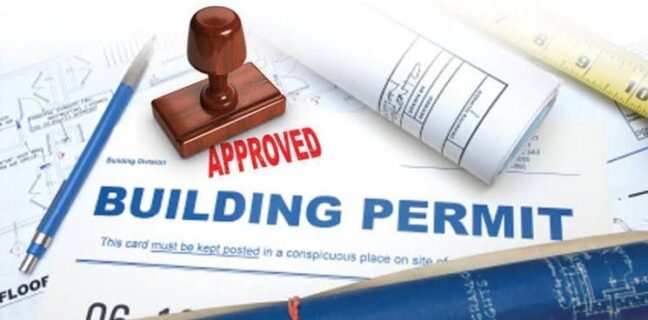Lagos Building Approval Guidelines
The Lagos State government has introduced a new guide aimed at helping real estate developers navigate the building approval process more smoothly, reducing the risk of demolitions due to non-compliance.
Recently, several buildings in the state have been demolished by authorities, citing the absence of proper approvals or violations of planning regulations. These actions have often resulted in significant losses for affected residents, including homes and investments.
To prevent such outcomes, the government has detailed specific requirements that developers must fulfill to obtain necessary approvals for their projects.
While many of these requirements are important for ensuring building stability and safety, some developers have voiced concerns that certain conditions appear to be primarily revenue-driven.
To receive approval, developers must provide several key documents, including:
Proof of Ownership: This document verifies that the developer is the rightful owner of the land. It may include a Certificate of Occupancy (C of O), Deed of Assignment, or other legal documents proving ownership. This is intended to avoid conflicts over property rights and assure the government of legitimate land ownership.
Tax Clearance Certificate (TCC): Developers must provide a TCC to demonstrate that their taxes are up to date. This document is crucial in Lagos, where tax compliance is an integral part of governance. Without it, developers will struggle to obtain building permits and approvals.
Land Use Charge Receipt: Given the value of land in Lagos, the government strictly enforces the Land Use Charge. This receipt verifies the type of use (residential, commercial, or industrial) designated for the land and is required before any building permit is issued.
Structural Engineer’s Supervision Letter: To address the frequent issue of building collapses, developers must provide a supervision letter from a qualified structural engineer. This document reassures both property owners and authorities that the project will be overseen by a competent professional.
Subsoil Investigation Report: This report, prepared by certified geotechnical engineers, evaluates the soil conditions to ensure a stable foundation, helping to prevent potential building collapses. It includes information on soil types, groundwater levels, and other critical data.
Electrical Drawings: Developers must submit detailed electrical layouts for wiring, lighting, circuit configurations, and power distribution. These drawings ensure that safety and industry standards are adhered to.
Mechanical Drawings: These plans outline the building’s mechanical systems, including heating, ventilation, air conditioning, and plumbing. They provide specifications for equipment and ensure that all mechanical components are safely and properly installed.
Other traditional requirements include survey and layout plans and structural drawings. A survey plan ensures that the plot of land conforms to legal dimensions and boundaries.
Architectural Drawings, signed and stamped by an architect registered with the Architects Registration Council of Nigeria (ARCON), are also required. These detailed plans specify the proposed structure's layout, dimensions, and design elements, ensuring compliance with building codes and minimizing costly construction errors.
Lastly, the Structural Drawing provides crucial details regarding the building’s materials, dimensions, and construction methods, ensuring both safety and compliance with local regulations. It includes specifications for the foundations, load-bearing walls, beams, and columns of the structure.
These guidelines serve to make the building approval process more transparent and standardized, ultimately aiming for safer construction practices and fewer demolitions due to non-compliance.

